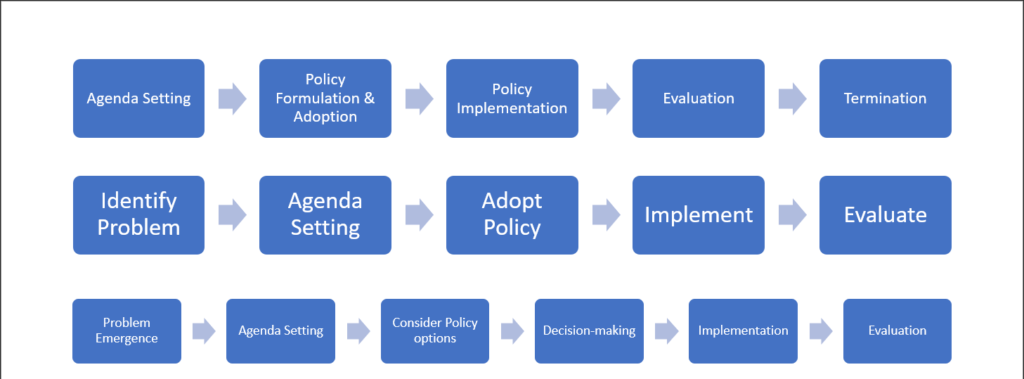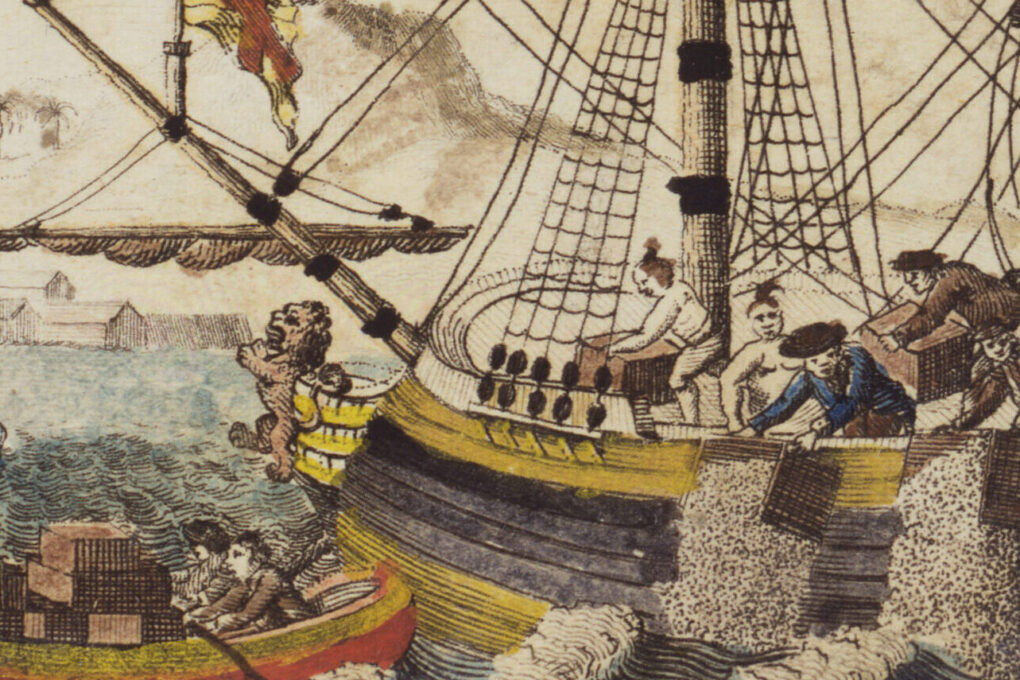Narratives, Stories, and Experiences
Narratives are the stories we use to make sense of the world. We tell stories about our families, about our communities, and about issues that matter to us. Without stories, there would be no data to consider when analyzing policy decisions, evaluating the rationale behind directions, or determining the moral implications of particular actions. Indeed, narratives are both a vital analytical tool and cognitive feature that make up the collective psyche of any community.
From a structuralist point of view, policy and political narratives operate with the same literary elements that make up the narrative art form. There are characters, plots, settings, and a myriad of other aspects that give definition and scale to any given narrative. Though these stories can be assessed from the sociological perspective (indeed, they are as this is a necessary step to formulating real-world policy decisions), exploring them through these elements help us to grasp their effectiveness on stakeholders, constituents, advocates, and subsystems–the bodies and individuals necessary to generate change.
Many narratives are comprised of metaphorical or symbolic extrapolations. However, they routinely utilize the personal and lived experiences of the individuals expressing preferred policy decisions through narrative strategies. These experiences can result in a variety of “realities,” the collective disparities felt by different interest groups as they are subjected to policy decisions resulting from the adopting (or domination) of specific narratives, creating policy monopolies. But while narratives are regular used to influence the directions of policies, an analysis of narratives can be used to understand how they operate at different levels of organization and why they can carry so much weight.
Narrative Policy Framework
As narratives get added to the aggregate of components that make up the policy process, it becomes necessary to theorize how they work, what purpose(s) they serve, and if they have any real-world affect on the decision-making stage of policy process models. The policy process (or policy cycle) can be articulated in several ways, but it typically includes common stages of agenda setting, policy adoption, implementation, and evaluation. The following chart outlines some examples with variations:

Within each of these stages, narratives can be utilized to have a desired impact. Policy entrepreneurs, political actors, advocates, and designated characters within operable narratives can work to get things on the agenda, insert policy options for adoption, or provide valuable feedback during evaluation.

